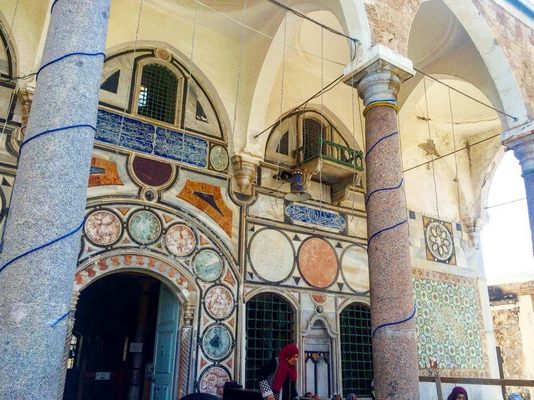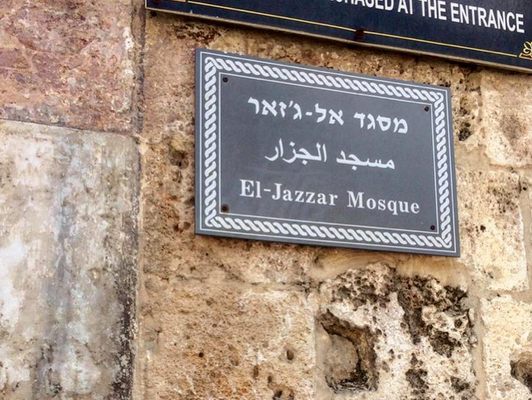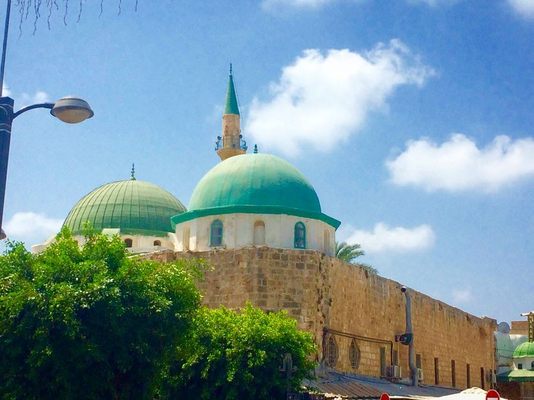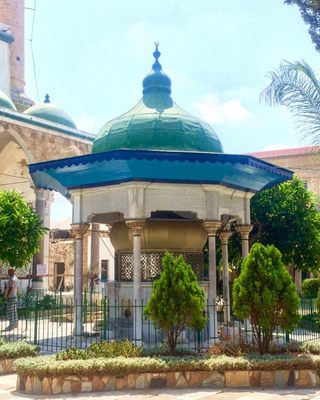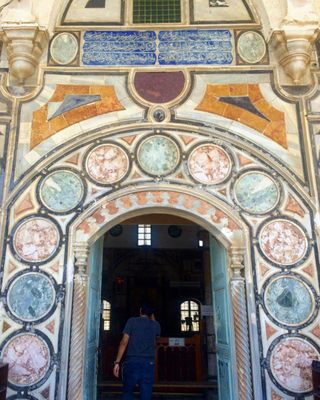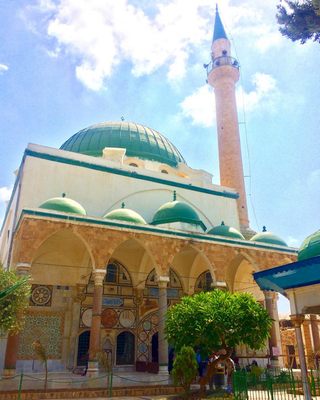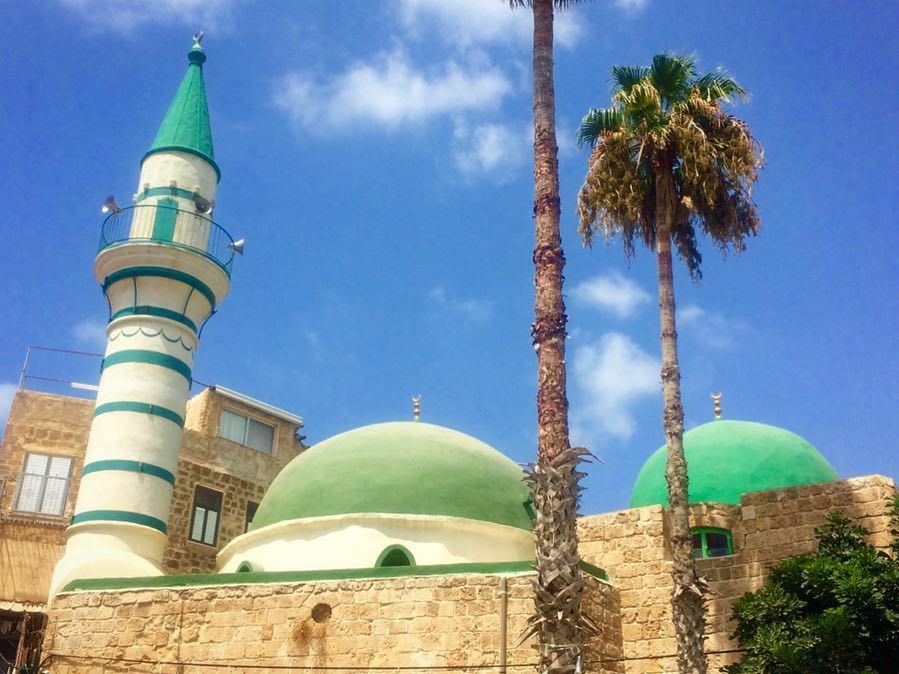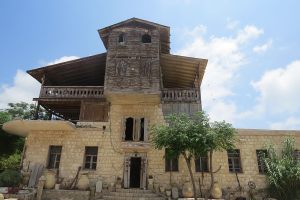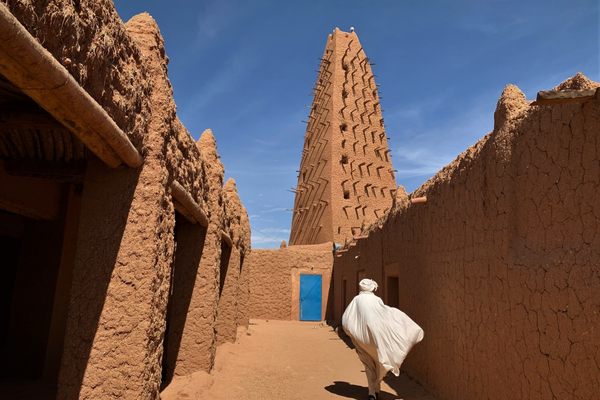About
In the 4,000-year-old seaside city of Acre, the green tip of a minaret stands sentinel above two large domes of the same color, puncturing the otherwise seamless blue Mediterranean sky. Underneath the structure’s spacious, palm tree-lined courtyard are a series of cisterns fed by water from the nearby Kabri springs. Also known as the Great Mosque and the White Mosque, this place of worship owes both its design and existence to a famous Ottoman ruler of obscure origins.
Sometime between 1720 and 1739, a young boy now known as Ahmed was born in what is today southern Bosnia. After moving to Constantinople, Ahmed worked for a period in Anatolia, eventually landing in Egypt, where he quickly curried favor with Mamluk officials. Mamluks were young Balkan (including Bosnian), Circassian, Coptic, Turkic, and Georgian men who had been sold into slavery and trained as soldiers for their captors. At one point, these slaves revolted and took control from their former owners, although they kept the slavery apparatus running so as to have a continuous supply of future rulers and administrators.
After working his way up the Mamluk ladder of influence and power, Ahmed began leading military campaigns. Eventually allying himself with the Ottomans, Ahmed was entrusted with commanding soldiers in Lebanon. Having demonstrated his military brilliance, he was sent in the mid-1770s to defeat a prominent Bedouin named Dahir al‐Umar al‐Zaydani at Sidon, thus earning the position of governor. He subsequently made Acre his capital and set about renovating it.
The Pasha’s rule is characterized by a series of contradictions. He commissioned numerous architectural projects that are in large part responsible for transforming a pile of Crusader ruins into the city that Acre it is today, but he did so by imposing crushing taxes on the locals. While he successfully defended Acre from Napoleon’s army, he was nicknamed 'The Butcher' for being excessively cruel to his enemies, be they the French or Bedouins.
Though there are rumors that Jazzar Pasha got his bloody nickname from cutting off the noses, ears, and eyes of Napoleon’s soldiers, this is hard to verify, and may very well be a tale concocted by an embarrassed and defeated France. Others say that the title comes from his indiscriminate butchering of Bedouin raiders. Whatever the origins, it’s safe to say that the better elements of The Butcher’s complex legacy can be seen throughout the city, especially in the lovely green mosque, replete with a lush garden and marble and granite inlays.
Related Tags
Know Before You Go
Remember to wear clothing that covers your shoulders and reaches your ankles. There is a very small entry fee, so bring a few NIS with you.
Community Contributors
Added By
Published
March 4, 2019
Sources
- http://mamluk.uchicago.edu/browse-download.html
- https://www.bbc.co.uk/programmes/b03bfmlh
- https://www.frommers.com/destinations/akko
- http://www.akko.org.il/en/Old-Acre-Al-Jazzar-Mosque
- https://www.britannica.com/place/Akko#ref232813
- https://www.britannica.com/place/Syria/Ottoman-period#ref404044
- http://www.iaa-conservation.org.il/images/files/pdf_docs/Radojewski2010_AlJazzarWaterCistern.pdf
- https://www.haaretz.com/archaeology/MAGAZINE-mass-graves-found-in-jaffa-date-to-napoleon-conquest-1.5473879

